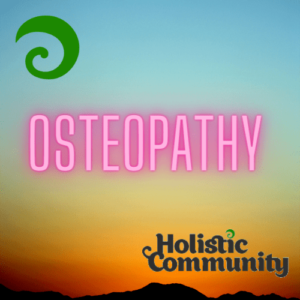 Osteopathy is a system of complete medical practice based on the principle that health depends on the maintenance of proper relationships among the various parts of the body. According to osteopathic theory, defects in the musculoskeletal system—the muscles, bones, and joints—influence the natural function of internal organs. To correct structural abnormalities, osteopathic therapy, or treatment with the hands or by mechanical means, is used. The practitioner, the osteopath, may use this treatment alone, in combination with other accepted therapeutic methods such as drugs, surgery, and X-ray treatments, or not at all, depending on the needs of the individual patient.
Osteopathy is a system of complete medical practice based on the principle that health depends on the maintenance of proper relationships among the various parts of the body. According to osteopathic theory, defects in the musculoskeletal system—the muscles, bones, and joints—influence the natural function of internal organs. To correct structural abnormalities, osteopathic therapy, or treatment with the hands or by mechanical means, is used. The practitioner, the osteopath, may use this treatment alone, in combination with other accepted therapeutic methods such as drugs, surgery, and X-ray treatments, or not at all, depending on the needs of the individual patient.
Osteopathic medicine holds that true health involves complete physical, mental, and social well-being, rather than merely the absence of disease. The body is viewed as having a capacity for health that the osteopath can help the individual fulfil. He or she must therefore approach the whole patient, considering such factors as nutrition and mental habits in addition to the physical symptoms.
The fundamental principles of osteopathic medicine were formulated in 1874 by the American doctor Andrew Taylor Still. Still organized the first osteopathic medical school at Kirksville, Missouri, in 1892.
“Osteopathy,” Microsoft® Encarta® Online Encyclopedia 2005
https://uk.encarta.msn.com © 1997-2005 Microsoft Corporation. All Rights Reserved.
Osteopathic Links:
General Osteopathic Council – established to provide for the regulation of the profession of Osteopathy.
British Osteopathic Association – represents the members of the General Osteopathic Council, the Department of Health, local and national government agencies and other professional bodies.
